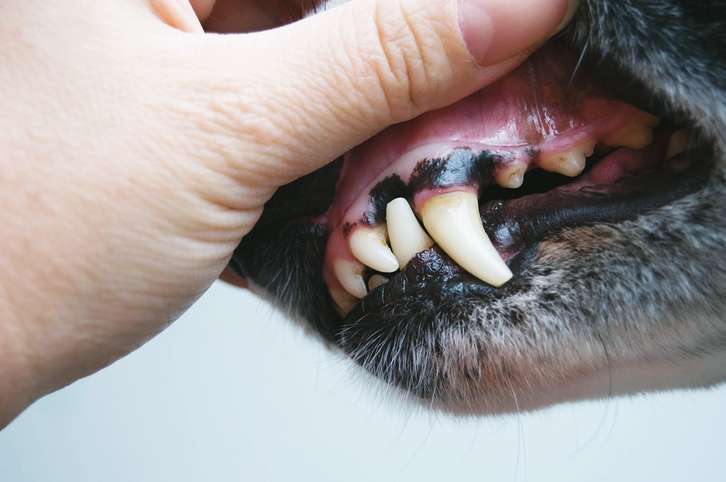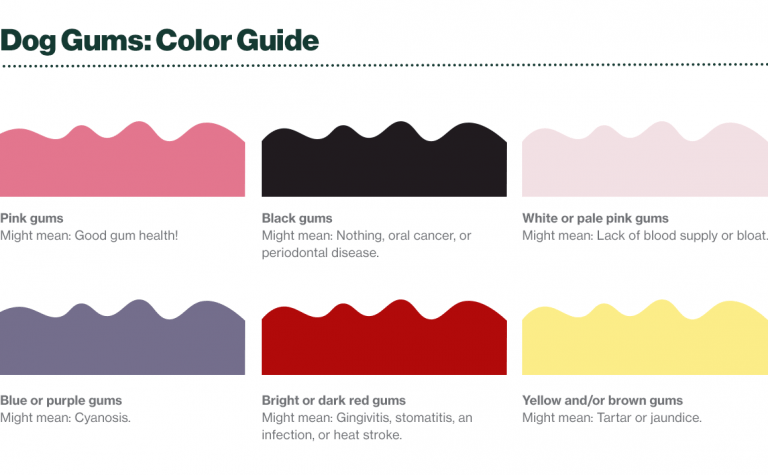Key Takeaways:
- Labored breathing in dogs can be a sign of various underlying health issues and should not be ignored.
- Common causes of labored breathing in dogs include respiratory infections, heart disease, allergies, and obesity.
- If a dog is experiencing labored breathing, it is important to monitor their overall behavior and look for other symptoms such as coughing or wheezing.
- Immediate veterinary attention should be sought if a dog's labored breathing is accompanied by pale gums, blue tongue, or collapse.
- Treatment for labored breathing in dogs will depend on the underlying cause and may involve medication, lifestyle changes, or surgery.
Are you a dog lover? If so, then understanding the signs and symptoms of labored breathing in dogs is essential for their well-being. Labored breathing can be a distressing experience for our furry friends, causing them discomfort and potentially indicating an underlying health issue. By delving into this topic, you will gain valuable knowledge that can help you identify when your dog may be struggling to breathe properly. Not only will this enable you to provide timely care and support, but it will also deepen the bond between you and your canine companion. So let's explore the world of labored breathing in dogs and ensure that every wag of their tail is accompanied by a happy, healthy breath.
Understanding Labored Breathing in Dogs: What You Need to Know
Labored breathing in dogs refers to a condition where a dog has difficulty breathing. It can be characterized by rapid, shallow breaths or an increased effort to breathe. This can be a sign of an underlying health issue and should not be ignored.
When a dog is experiencing labored breathing, it may appear restless, pant excessively, or have a cough. It is important to pay attention to these signs as they can indicate that something is wrong with your furry friend's respiratory system.
Common Causes of Labored Breathing in Dogs: What to Watch Out For
There are several common causes for labored breathing in dogs. One possible cause is an obstruction in the airway, such as when a dog swallows a foreign object or has an allergic reaction that leads to swelling. Another common cause is heart disease, which can affect the heart's ability to pump blood effectively and result in fluid accumulation in the lungs.
Infections like pneumonia or bronchitis can also lead to labored breathing. Additionally, certain breeds are more prone to developing respiratory issues due to their anatomy, such as brachycephalic breeds with short noses and flat faces.
Recognizing Signs of Labored Breathing in Your Dog: How to Tell if They're Struggling
To recognize signs of labored breathing in your dog, you should observe their behavior closely. Look out for rapid or shallow breaths, wheezing sounds, excessive panting even at rest, coughing, or struggling to catch their breath after minimal activity.
If your dog appears restless and uncomfortable while lying down or sleeping, it could be another indication of labored breathing. Pay attention if they have bluish gums or tongue, as this can be a sign of oxygen deprivation. It's essential to monitor your dog's breathing patterns regularly to catch any abnormalities early on.
Breeds Prone to Labored Breathing in Dogs: Who's at Risk and Why
Some dog breeds are more prone to labored breathing due to their unique anatomy. Brachycephalic breeds like Bulldogs, Pugs, and Boston Terriers have shorter noses and flat faces, which can lead to respiratory issues. Their shortened airways make it harder for them to breathe properly, causing labored breathing.
Other breeds with elongated soft palates or narrow nostrils, such as Boxers and Shih Tzus, may also experience difficulty breathing. It's important for owners of these breeds to be aware of the potential risks and take extra precautions when it comes to their respiratory health.
Emergency Actions for Labored Breathing in Dogs: Immediate Steps to Take
If you notice that your dog is experiencing labored breathing and it seems severe or is accompanied by other concerning symptoms, it is crucial to take immediate action. Here are some steps you can take:
- Contact your veterinarian or an emergency veterinary clinic right away for guidance.
- If possible, keep your dog calm and comfortable while waiting for professional help.
- Avoid exposing your dog to extreme temperatures or physical exertion that could worsen their breathing difficulties.
- Do not attempt any home remedies without consulting a vet first.
Diagnosis and Treatment of Labored Breathing in Dogs: How Vets Can Help
To diagnose the underlying cause of labored breathing in dogs, veterinarians may perform various tests. These can include physical examinations, X-rays, blood tests, or even specialized procedures like bronchoscopy to visualize the airways.
Treatment options will depend on the specific cause of labored breathing. It could involve medications to reduce inflammation, antibiotics for infections, or surgery to correct anatomical abnormalities. In some cases, oxygen therapy may be necessary to stabilize the dog's breathing while addressing the underlying issue.
In conclusion, labored breathing in dogs is a serious concern that should not be ignored. It can be caused by various health issues and requires immediate veterinary attention to ensure the well-being of our furry friends.
What does labored breathing look like in dog?
If you've never seen labored breathing in dogs before, it can be hard to visualize. Some signs to look for include changes in posture, such as a hunched appearance, an extended neck, or the dog sitting with its elbows spread out. Another indication is open-mouthed breathing.
How can I help my dog with labored breathing?
Dogs experiencing severe difficulties in breathing may need extra oxygen and may need to be hospitalized. They may also be given medication to help with breathing, such as bronchodilators and steroidal anti-inflammatories. If the dog has a heart condition, additional heart medications may be necessary.
When should I be concerned about my dogs labored breathing?
If your dog or cat is showing any signs of difficulty breathing, it is essential to take them to the veterinarian immediately. Labored breathing should always be treated as an emergency situation requiring veterinary care. To improve your pet's breathing, the vet will need to determine the underlying condition causing the breathing difficulties.
What are the signs of heart failure in dogs?
Dogs suffering from congestive heart failure may experience increased fatigue, decreased endurance, and a decrease in their ability to play or walk as they used to. Other signs of heart failure include coughing while at rest or sleeping, excessive panting, loss of appetite, a swollen abdomen, and pale or bluish gums.
Why is my dog breathing so hard while lying down?
If you observe that your dog is breathing rapidly while at rest or during sleep, it may be a sign of respiratory distress. It is recommended to contact your veterinarian if you notice any of the following symptoms: experiencing difficulty breathing, having pale, blue-tinged, or brick red gums.
How long can a dog live with breathing problems?
What is the typical lifespan of a dog with COPD? While COPD is a progressive and irreversible condition in dogs, with proper treatment and regular vet visits, the symptoms can be effectively controlled, allowing your pet to live a normal lifespan. This information was last updated on November 13, 2020.

















